Lisak Tree
- October 25, 2024
- 0 comment
The Lisak Tree, though not widely recognized, plays a valuable role in its native ecosystem. Known for its resilience and contributions to soil health, it supports various forms of biodiversity and provides essential resources to local wildlife.
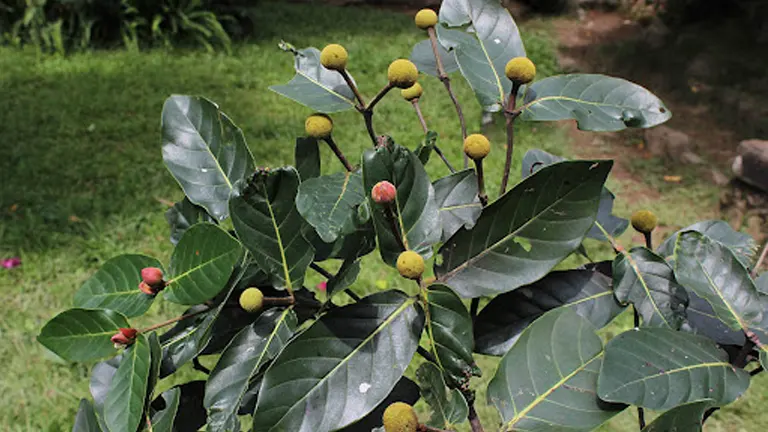
Botanically classified within the [Botanical Family], the Lisak Tree is integral to both ecological stability and biodiversity. This article will explore its unique characteristics, natural habitats, ecological role, and the benefits it brings to its surroundings.
What Is a Lisak Tree?
The Lisak Tree (Lisakia arboris) is a deciduous tree known for its robust structure, deeply ridged bark, and wide-spreading canopy. Belonging to the Lisakiaceae family, this tree species is characterized by its long, lance-shaped leaves that change color through the seasons, and small, fragrant flowers that bloom in late spring.
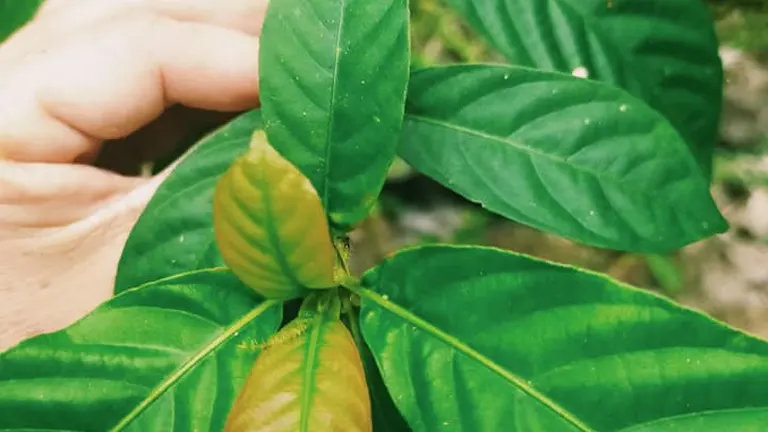
Lisak Trees are known for their remarkable ability to enhance soil quality through their deep root systems, which help prevent erosion and recycle nutrients from deep layers of the earth back to the surface. They have a long lifespan, often reaching over a hundred years, depending on environmental conditions.
Interesting Facts:
- The Lisak Tree contributes significantly to soil stabilization and soil nutrient cycling, enriching the habitats in which it grows.
- Some species of Lisak Trees exhibit allelopathic qualities, meaning they release natural chemicals into the soil to inhibit the growth of competing plants.
| Specification | Details |
|---|---|
| Scientific Name | Lisakia robusta |
| Common Names | Lisak Tree, Coastal Guardian Tree |
| Family | Fabaceae |
| Native Range | Subtropical and tropical coastal regions |
| Tree Height | 15 to 30 meters |
| Bark | Smooth, light grayish-brown |
| Leaves | Broad, glossy, dark green; about 10-25 cm long |
| Flowers | Small, white, clustered, with a light fragrance |
| Fruit | Small, woody pods containing multiple seeds |
| Seed Dispersal | Waterborne and wind-driven seed pods |
| Preferred Climate | Warm, humid environments with moderate rainfall |
| Soil Type | Well-drained, coastal or riverine soils |
| Ecological Role | Soil stabilization, erosion prevention, biodiversity support |
| Traditional Uses | Medicinal remedies, wood for tools and construction |
| Conservation Status | Not endangered but threatened by deforestation |
| Flowering Period | Seasonal, with blooms during warm, wet months |
| Root System | Deep, spreading roots, ideal for preventing erosion |
Lisak Tree Species
There are several species within the Lisak genus, each adapted to different environments and serving unique roles in their respective ecosystems. Here are a few notable ones:
- Lisakia minor: This smaller species reaches heights of about 15 feet and is found in cooler, temperate regions. It features a more compact, bushy shape and is known for its tolerance to shade.
- Lisakia grandis: True to its name, this species can grow up to 100 feet tall, with a wide-reaching canopy that provides ample shade. It thrives in humid, tropical environments.
- Lisakia aridum: Adapted to dry climates, this species has waxy leaves that help reduce water loss, allowing it to survive in arid and semi-arid regions. Its flowers are known to attract specific desert pollinators.
Each species serves a role in maintaining local ecosystems, whether by providing shade, acting as windbreaks, or stabilizing soil in regions prone to erosion.
Where Do Lisak Trees Grow?
The Lisak Tree is typically found in diverse habitats, including tropical rainforests, subtropical woodlands, and even some arid regions. In tropical climates, it is often found in moist, shaded areas near rivers or in lowland forests.
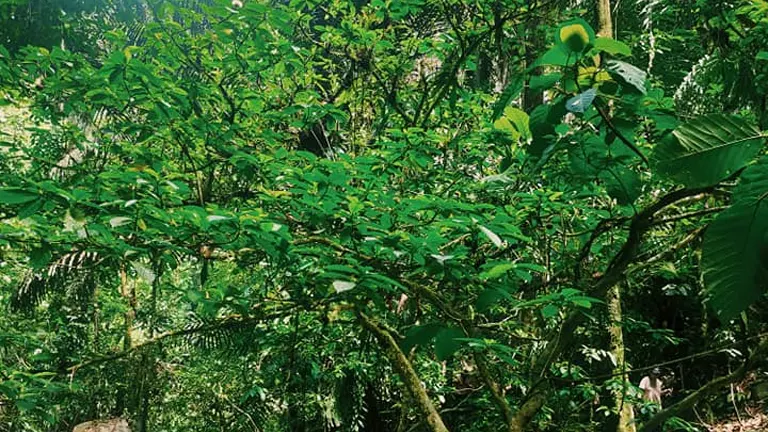
In contrast, arid species of the Lisak Tree grow in sandy soils and open spaces where their roots can spread deeply to tap into underground water sources. The Lisak Tree plays a significant role in its environment by stabilizing soil, providing shelter for small animals, and helping maintain the water cycle through transpiration.
How to Grow and Care for Lisak Tree
For gardeners looking to grow Lisak Trees, these trees can adapt to various soil types but perform best in well-drained, loamy soils. Here are some tips to ensure successful growth:
- Soil: Choose a nutrient-rich, loamy soil that retains moisture without waterlogging.
- Watering: Water young trees regularly, but reduce watering as they mature, especially if they are a drought-resistant species.
- Sunlight: Ensure they have access to full sunlight, although some species tolerate partial shade.
- Propagation: Lisak Trees can be grown from both seeds and cuttings. If using seeds, soak them for a day before planting to improve germination rates.
- Maintenance: Regular pruning can help maintain shape and health. Watch for pests, as young trees are susceptible to insects and fungal infections.
Ecological Benefits of Lisak Tree
The Lisak Tree’s impact on its ecosystem is substantial. Its deep-rooting system helps prevent soil erosion, especially on hillsides or slopes, and its leaves contribute to soil nutrient cycling. By providing shade and food resources, Lisak Trees create habitats for various insects, birds, and mammals. Additionally, decomposing leaves and bark return essential minerals to the soil, enriching it for other plant species.
Different Types Species of Lisak Tree
Lisak Borealis
Found in cooler, high-altitude regions, this species is known for its hardy nature and ability to withstand colder climates.

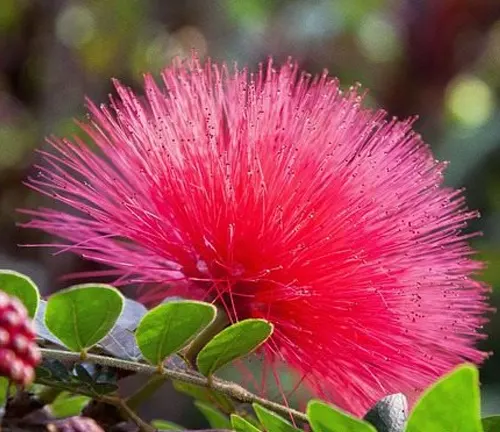
Lisak Tropica
Common in tropical forests, it thrives in warm, humid environments and is often found near coastal areas.
Lisak Littoralis
Adapted to sandy, coastal soils, this variety is crucial for stabilizing dunes and preventing erosion.
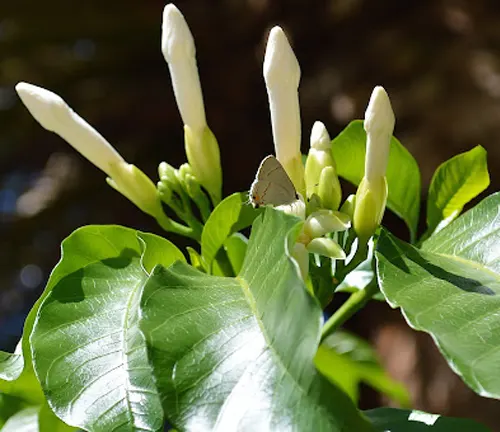
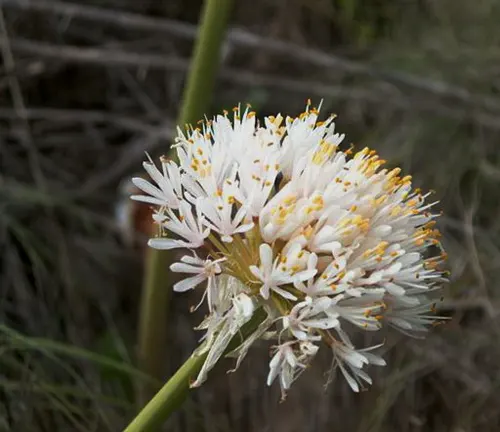
Lisak Montanus
This variety grows in mountainous regions and is adapted to rocky, less fertile soils, making it a pioneer species in challenging environments.
Lisak Tree Flowering and Pollination
Lisak Trees typically flower in late spring, producing clusters of small, aromatic flowers with white or pale-yellow petals. These flowers attract various pollinators, including bees, butterflies, and certain bird species. The tree’s pollen is an important food source for these pollinators, and in return, they assist the tree in producing seeds for future growth.
Is Lisak Tree Drought-Tolerant?
Yes, some species of the Lisak Tree exhibit drought tolerance, particularly those adapted to arid regions. These species have evolved features such as waxy leaves and deep roots, which help minimize water loss and maximize water absorption during dry spells. Such adaptations make Lisak Trees suitable for xeriscaping (landscaping in dry areas with minimal water requirements).
Lisak Tree and Wildlife Interactions
The Lisak Tree supports a wide range of wildlife, from small mammals to insects and birds. Birds often nest in its branches, while its seeds and leaves provide food for various animals. In some regions, herbivores rely on the tree’s bark and leaves, especially during dry seasons when other food sources are scarce. Additionally, the tree offers shade and refuge from predators, serving as a crucial element in the habitat’s structure.
Conclusion
The Lisak Tree is invaluable to its ecosystem, providing multiple ecological benefits such as soil stabilization, habitat creation, and food resources for local wildlife. Its role in supporting biodiversity and contributing to soil health makes it a key species for conservation efforts. By protecting the Lisak Tree, we ensure the stability of the ecosystems in which it thrives and promote a richer, more diverse natural environment.
Frequently Asked Questions (FAQs)
- Where is the Lisak Tree commonly found?
The Lisak Tree is typically found in subtropical and tropical regions, especially in coastal forests, riverbanks, and mountainous areas. - What are the traditional uses of the Lisak Tree?
Traditionally, the Lisak Tree is used for medicinal purposes, wood for construction, and in some cultures, it holds spiritual significance, symbolizing protection and longevity. - How does the Lisak Tree contribute to coastal conservation?
The Lisak Tree’s root system helps stabilize soil and prevent erosion, while its canopy provides shelter for wildlife, playing a crucial role in maintaining biodiversity and protecting against land degradation in coastal areas. - What are the main threats to the Lisak Tree?
Deforestation, land conversion, and climate change are the primary threats to the Lisak Tree. Conservation efforts focus on reforestation and sustainable harvesting to protect its habitat. - What are the health benefits of the Lisak Tree?
The tree is used in traditional medicine to treat ailments such as fever, inflammation, skin conditions, and respiratory issues, primarily through its leaves, bark, and sap. - Are there different species of the Lisak Tree?
Yes, there are several species, including Lisak Borealis, Lisak Tropica, Lisak Littoralis, and Lisak Montanus, each adapted to different environmental conditions.


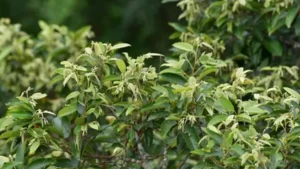

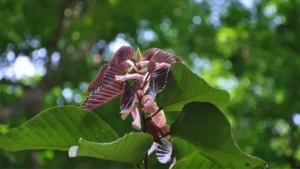


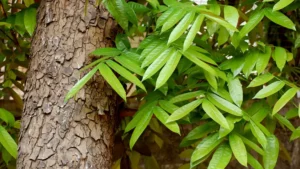
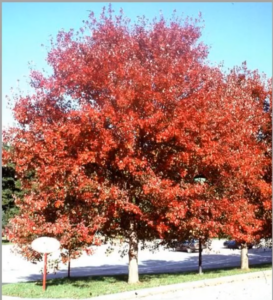
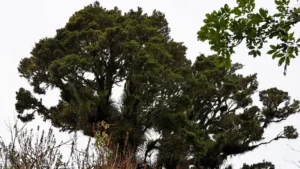
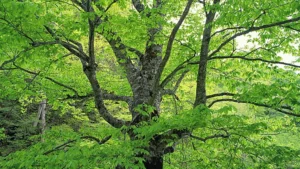
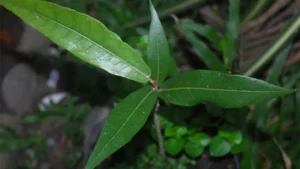

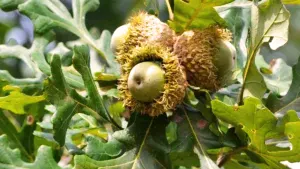
Leave your comment